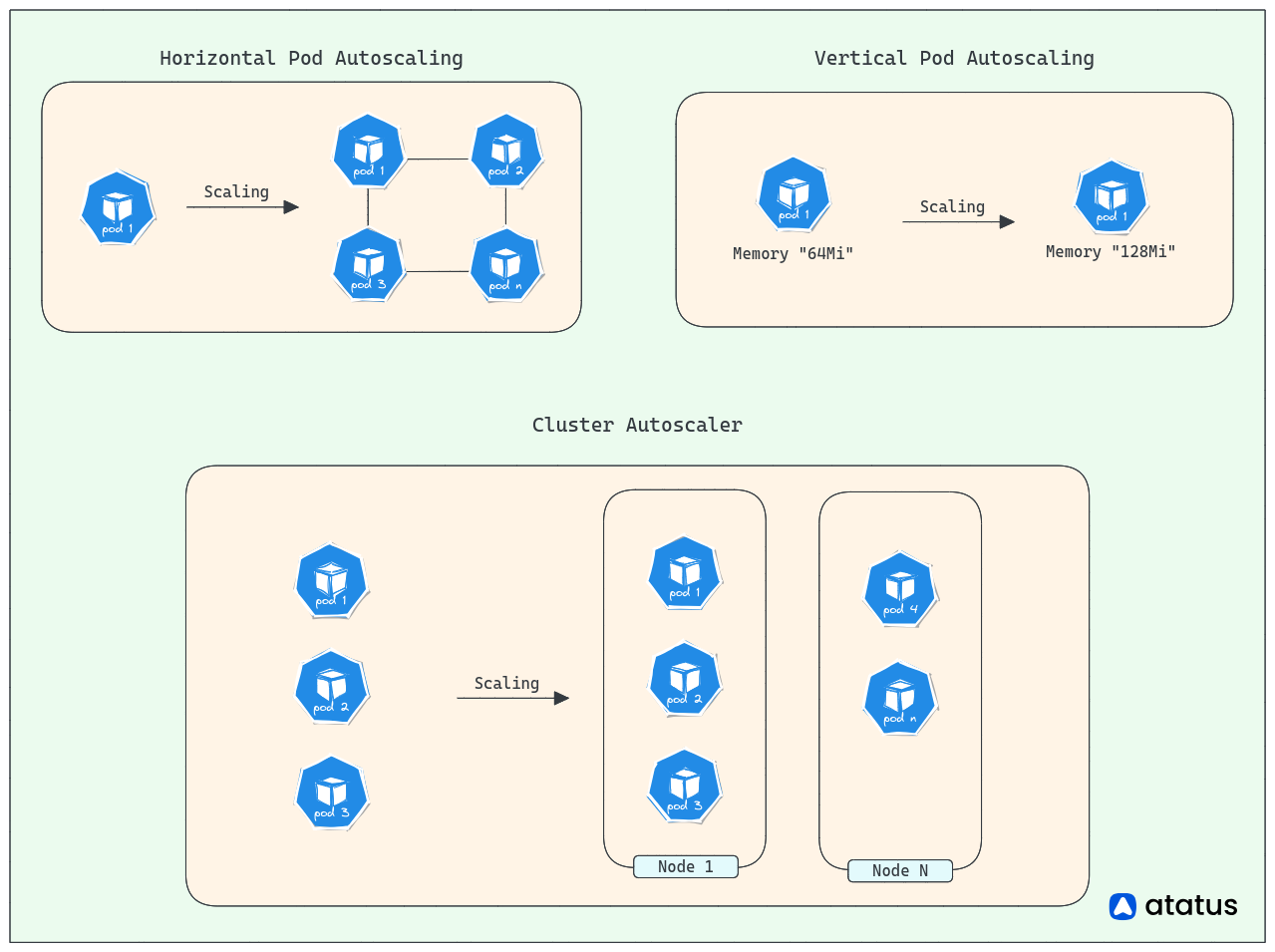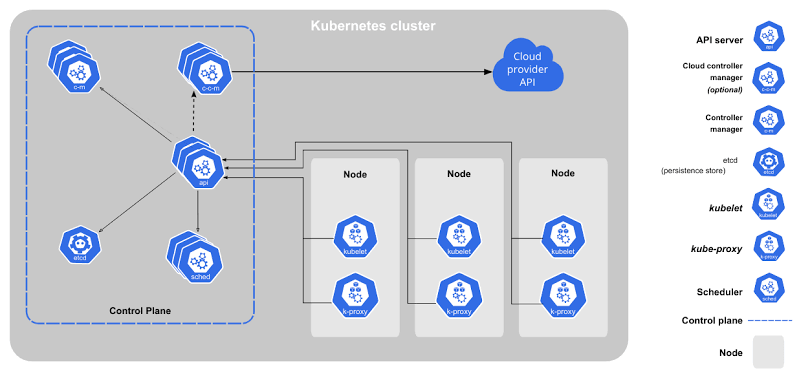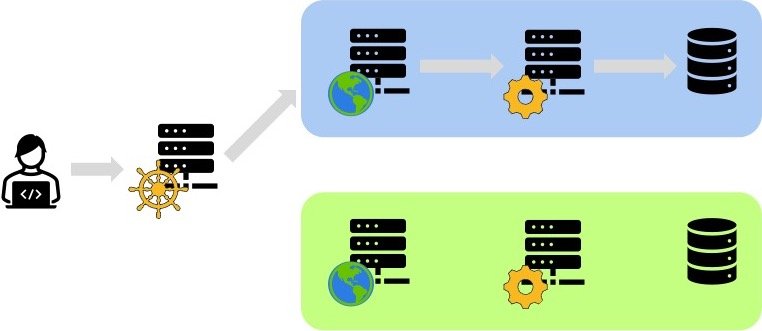Unlocking the Future: Remote Development's Triumph Over Traditional Laptops
The landscape of software development is undergoing a revolutionary shift, challenging the conventional norms associated with traditional laptop-centric development. The rise of remote development is not merely a trend but a transformative force reshaping the future of how we build and innovate in the digital realm.
The Evolution Beyond Laptops:
In recent years, the limitations of traditional laptops have become increasingly apparent. Remote development offers a liberating alternative, breaking free from the constraints of physical hardware and geographical boundaries. Developers are no longer tethered to a specific device, paving the way for a more flexible and dynamic work environment.
Efficiency Unleashed:
Remote development isn't just a matter of convenience; it's a catalyst for unparalleled efficiency. With the advent of cloud-based tools and collaborative platforms, developers can seamlessly collaborate on projects, share insights in real-time, and leverage the power of distributed teams. This marks a paradigm shift from isolated laptop-based workflows to a more interconnected and efficient development ecosystem. Adapting to the Future of Work:
Adapting to the Future of Work:
As the global workforce embraces remote and hybrid models, the world of development is quick to follow suit. The future of work is decentralized, and remote development aligns seamlessly with this shift. Developers now have the freedom to choose their work environment, fostering creativity and productivity on their terms.
Overcoming Challenges with Innovation:
While remote development presents its own set of challenges, the industry is responding with innovative solutions. From secure cloud infrastructures to advanced collaboration tools, the tech community is actively addressing concerns related to security, communication, and project management, ensuring a robust foundation for the future of remote development.
Embracing the Triumph:
The triumph of remote development lies not in the abandonment of laptops but in the liberation of developers from their exclusive dependence on traditional hardware. It's about unlocking the potential for a more inclusive, collaborative, and adaptable future. As we navigate this transformative era, the synergy between remote work and development is set to redefine how we envision progress in the digital age.
Many developers grapple with the low performance of their laptops. This could be attributed to poorly configured security tools, heavy local processes, and often the resource-intensive nature of browsers like Chrome.
Most companies struggle with the Mac, Linux, and Windows debate. In many cases, the IT team gets stuck in the provision of all three. There is always a tool or library that works differently enough to cause an issue. Then something like the M1 chip for Mac comes along, sparking a heated debate.
Front-end developers face challenges in collaborating with UX designers. Especially in this remote world, many companies lack well-established setups to facilitate collaboration between designers and developers. Many still rely on screenshots or short videos to introduce new user interface components.
High-performance laptops come at a steep price. If you have a computation-heavy application, you're likely spending around $4,000 per developer, and another $4,000 each time they accidentally leave their laptops at a bar.
Unleashing the Power of Remote Development: A Paradigm Shift in Modern Work Practices
The preference for remote development over local development is subjective and depends on various factors. While remote development has its advantages, it may not be universally considered "better" for every developer or situation. Here are some reasons why some developers may find remote development advantageous:
Flexibility and Work-Life Balance:
- Remote development allows for more flexible working hours and the ability to tailor the work environment to individual preferences. This can contribute to a better work-life balance.
Access to a Global Talent Pool:
- Remote work enables companies to tap into a global talent pool, allowing them to hire skilled developers from different geographical locations.
Cost Savings:
- Both developers and companies can benefit from cost savings associated with remote work. Developers may save on commuting expenses and time, while companies can reduce overhead costs related to office space and facilities.
Diversity and Inclusivity:
- Remote work promotes diversity by enabling teams to include members from diverse backgrounds and locations. This can lead to a more inclusive and innovative work environment.
Reduced Commute Stress:
- Developers working remotely avoid the stress and time associated with commuting. This can contribute to increased job satisfaction and improved mental well-being.
Customized Work Environment:
- Remote developers have the flexibility to create a personalized work environment that suits their preferences, leading to increased comfort and productivity.
Improved Focus and Productivity:
- Some developers find that the absence of office distractions in a remote setting allows for better focus and increased productivity.
Continuity in Crisis:
- Remote development provides resilience in the face of unexpected events, such as natural disasters or public health crises, ensuring that work can continue without disruptions.
However, it's crucial to note that remote development also comes with challenges, such as potential communication barriers, the need for strong self-discipline, and the importance of effective collaboration tools. Ultimately, the choice between remote and local development depends on individual preferences, team dynamics, and the nature of the work being undertaken.
Kubernetes Empowers Remote Development: Navigating the Future of Distributed Software Engineering
In recent years, the landscape of software development has been undergoing a transformative shift, with Kubernetes emerging as a key player in enabling efficient and scalable remote development practices. This article explores the dynamic synergy between Kubernetes and remote development, shedding light on the advantages, challenges, and the promising future they hold for distributed software engineering.
1. The Rise of Remote Development:
The traditional boundaries of software development are dissolving as remote work becomes increasingly prevalent. Kubernetes, an open-source container orchestration platform, is stepping into this evolving landscape to redefine how development teams collaborate and deploy applications.
2. Kubernetes: A Pillar of Scalability:
At the heart of Kubernetes lies its unparalleled ability to scale applications seamlessly. As development teams become more geographically dispersed, Kubernetes provides a robust framework for managing containerized applications, ensuring consistent deployment across various environments.
3. Streamlining Collaboration with Kubernetes:
One of the key challenges in remote development is effective collaboration. Kubernetes addresses this challenge by providing a unified platform where development, testing, and deployment processes can be orchestrated. This streamlined workflow enhances communication and ensures that all team members work with the same set of dependencies.
4. Ensuring Consistency Across Environments:
In remote development setups, developers may use different local environments. Kubernetes mitigates compatibility issues by offering a standardized deployment environment. This consistency ensures that applications behave the same way regardless of the developer's machine, reducing errors and streamlining the development process.
5. Kubernetes and Microservices Architecture:
As organizations embrace microservices architecture, Kubernetes becomes a natural companion. Its ability to manage and scale microservices independently aligns with the modular nature of remote development, allowing teams to work on isolated components and integrate seamlessly.
6. Overcoming Remote Development Challenges:
While Kubernetes addresses many remote development challenges, it also introduces new complexities. Managing configurations, orchestrating containers, and ensuring security are areas that demand careful consideration. This article delves into strategies for overcoming these challenges and maximizing the benefits of Kubernetes in a remote development environment.
7. Future Outlook: Kubernetes and Beyond:
Looking ahead, the integration of Kubernetes into the remote development landscape is just the beginning. Innovations in edge computing, enhanced security protocols, and further optimization of Kubernetes for remote collaboration are expected to shape the future of distributed software engineering.
In conclusion, "Unlocking the Future: Remote Development's Triumph Over Traditional Laptops" signifies more than just a change in workflow; it represents a paradigm shift towards a more interconnected, efficient, and adaptive future for the world of software development.






































